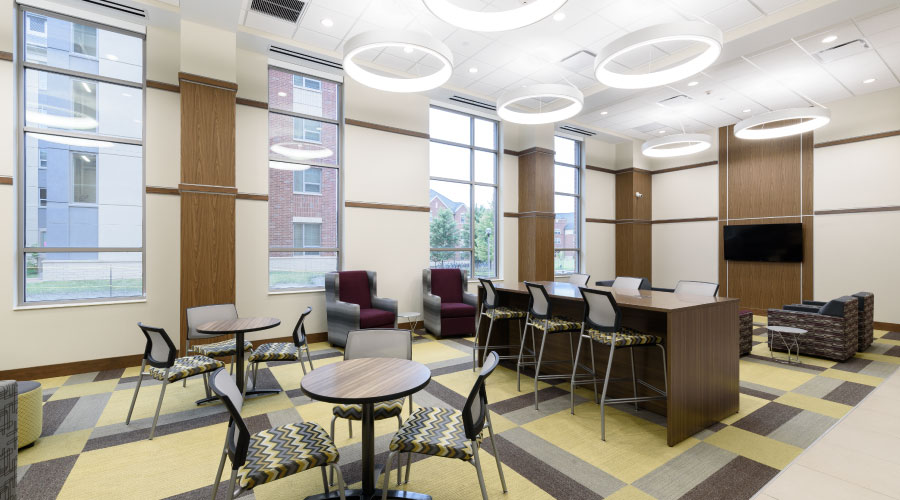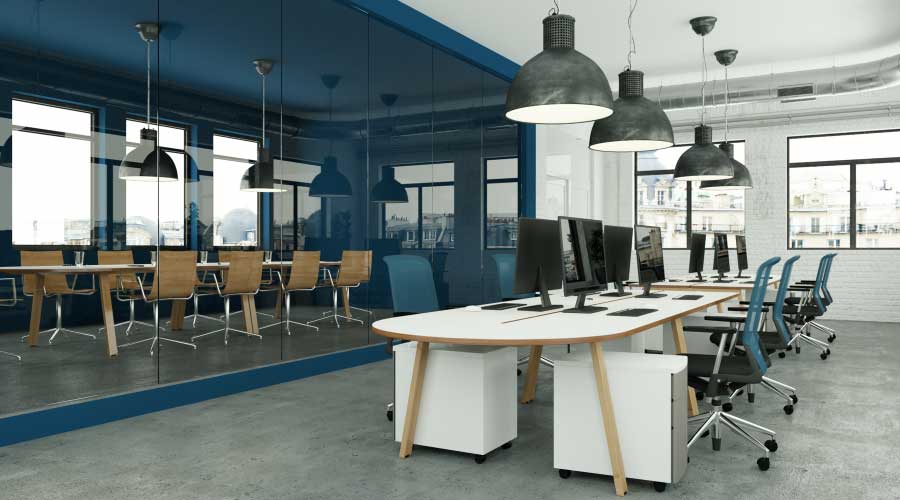Where to Use LEDs
In certain applications, LED systems are tremendous success stories, achieving energy savings and lowered maintenance costs as promised. Based upon anecdotal evidence and DOE testing, LEDs perform best when mated to drivers that are designed for the LED lamp.
As an example of the fast-paced rate of improvement in LED technology, a CALiPER report from January 2009 found that SSL street lamps did not meet or exceed the performance exhibited by traditional florescent lamps. But that has changed, according to the October 2010 report.
"[CALiPER] has found decent results with some downlights, streetlights, decorative and cove lighting fixtures," says Audin.
There are many success stories for LEDs in outdoor and accent lighting applications. There are a bevy of reasons why LEDs are so well suited for those environments:
- Assuming life-expectancy requirements are met, LED technology has the potential for vast maintenance savings.
- The ability of LEDs to display vibrant colors can be used to great effect for architectural lighting.
- Color emitted by LED lighting can vary. This is less problematic in outdoor spaces, such as parking garages and walkways, than it is in surgical suites, classrooms, or retail environments.
- DOE also notes that SSL technology has the benefit of greater and easier controllability than HID technologies.
- Similarly, according to CALiPER test findings, SSL technology benefits from instant-on capability, and does not inherently suffer from re-strike issues that limit the controllability of some traditional outdoor lighting options.
"The really big thing, especially for outdoor use, is reduced maintenance costs," says Audin. "Two-thirds or more of the savings are based upon maintenance, not energy savings. That's a big difference in how we think about them."
For accent lighting, because LEDs emit directional light and little to no heat from the lamp itself, they could easily be a preferred choice for gallery use above artwork and other items that require illuminated highlights.
Taking a Close Look
Because energy to light office space can account for up to 40 percent of a building's total energy costs, it's only logical that facility managers might want to replace overhead office lighting with LED lamps. But it's still worth the facility manager's time to take a close look at specific applications.
For one thing, facility managers should ensure that LED retrofit devices — replacements for screw-in compact fluorescent as well as T8 and T12 lamps — function as well as fluorescents. "If you're saving energy by putting in LED lamps but are only getting half the light output, then it doesn't work," says Chip Israel, of Lighting Design Alliance and board officer for the Illuminating Engineering Society.
Related Topics:














